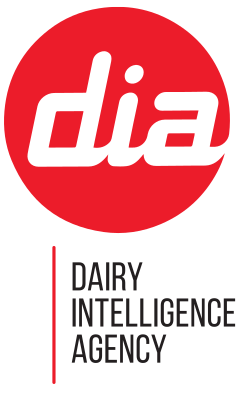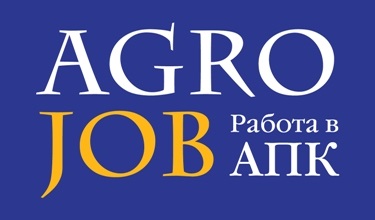The aim of the conference is to consolidate interdisciplinary knowledge in the field of agriculture, biology, robotics, information technology and economics to solve urgent problems of digitalization of organic livestock and crop production based on the achievements of fundamental science and the best practices of agricultural companies.
- Organic farming
- Digital technologies, production and markets for organic products
- Digital technologies and automation in dairy farming
- Digital technologies and automation in aquaculture
- Digital technologies and agricultural development
- Digital technologies in agriculture
- Robotics in agriculture
- Rational nature management and ecology in agricultural production
- Legal aspects of organic production
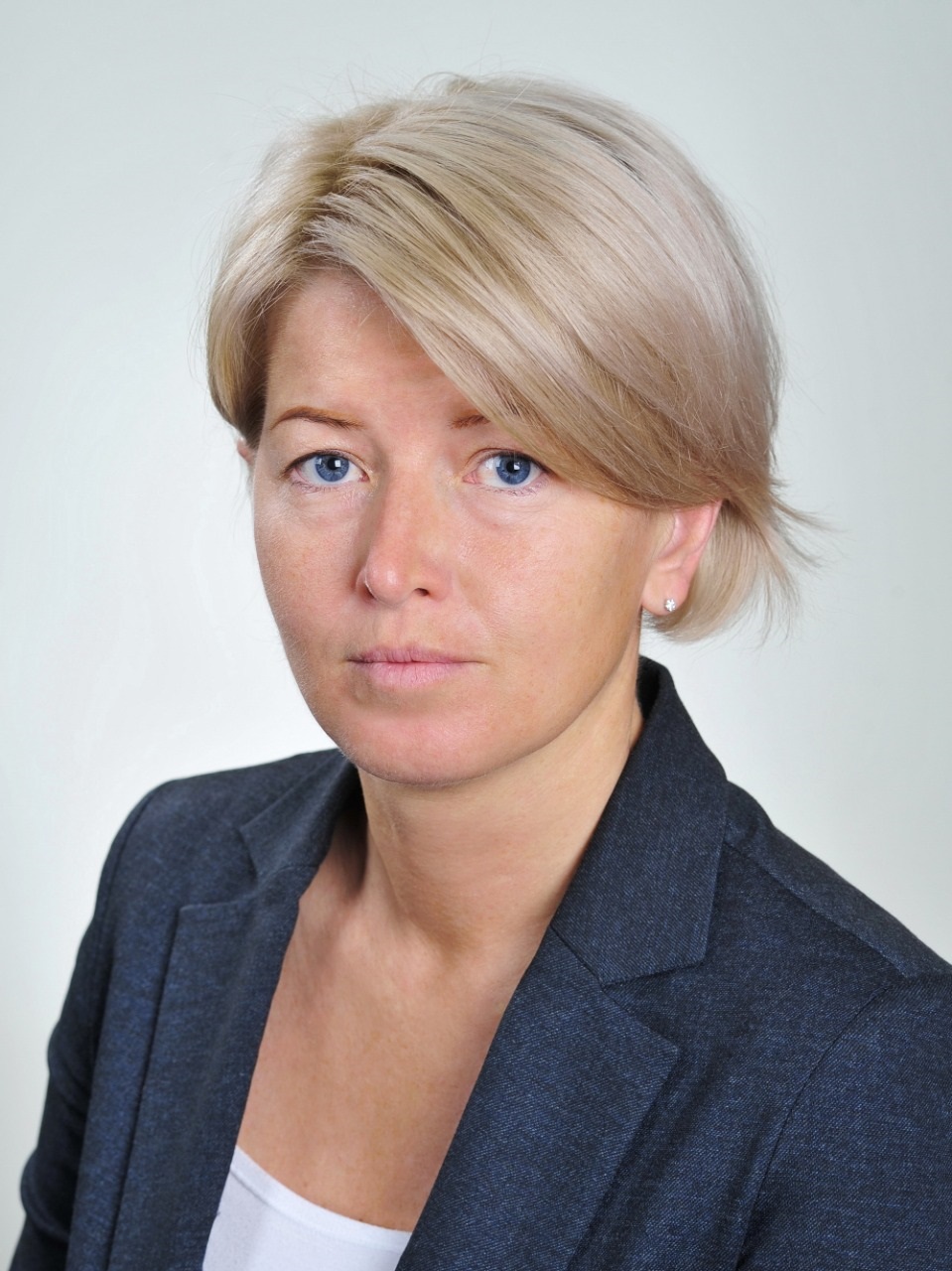
Olga Abramova, Deputy Prime Minister of the Udmurt Republic, Russia
Digital technologies as a factor in the development of the agro-industrial complex and rural areas of the Udmurt Republic
Trends in the development of digital technologies are presented, an analysis of the effectiveness of the system of state support for the development of digital technologies in the agroindustrial complex of the Udmurt Republic is given. The experience of mastering digital technologies in the development of the social and production sphere of rural settlements is generalized. The possibilities of using digital technologies as means of strengthening and developing connections in the production and social sphere of the village are considered. Ways of solving the personnel problem in the agrarian sphere and fixing youth in rural areas based on the development of digital technologies are proposed.
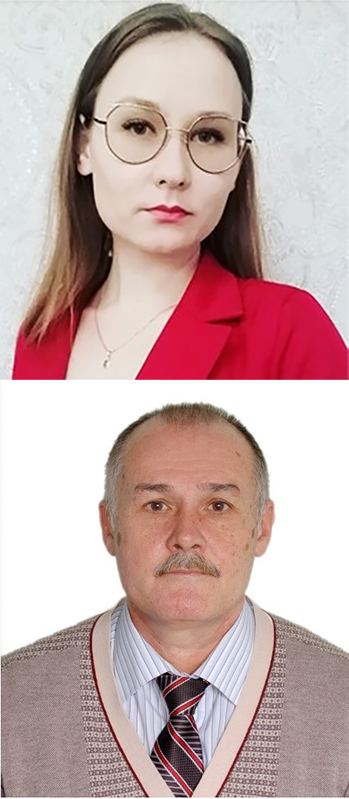
Ksenia Cheban, Head of Planning and Evaluation Procedures Department, Analytical Work and Planning Department, Kaliningrad State Technical University, Kaliningrad, Russia
Evgeny Khrustalev, Professor of the Department of Aquatic Bioresources and Aquaculture, Kaliningrad State Technical University, Kaliningrad, Russia
Fish-breeding technological cadastre as a mechanism for the development of aquaculture in the Kaliningrad region
Periodically changing programs for the development of aquaculture in the Russian Federation reflect the development strategy of the country's fisheries subsector. However, this strategy is built on the "building blocks", which are regional programs. But, when developing regional programs for the development of aquaculture, more often they use an approach focused on setting directive indicators for the quantitative and qualitative parameters of aquaculture products and attracting potential investors to their implementation. Once developed, a fish breeding technological cadastre will determine the prospects for aquaculture in the region for decades and can be considered as a "road map" for its development. When determining the strategy for the development of aquaculture in the region, it is necessary to consider the potential capacity of the regional consumer market in aquaculture products and the real one, assessed for the period of strategy development, corresponding to the level of income of the population, as well as the possibility of selling aquaculture products in external consumer markets.
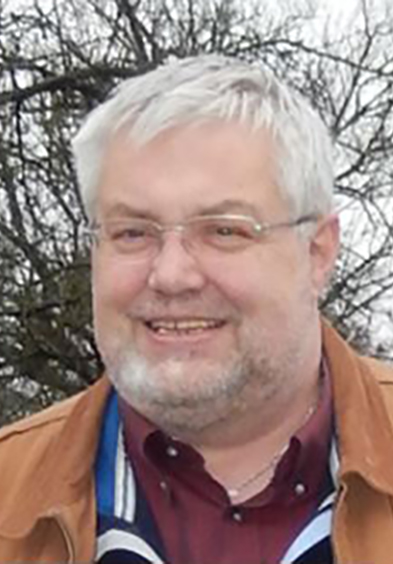
Johannes Egbert, Chief Consultant on Milk Production Technologies, GEA Farm Tech-nologies RUS, Moscow, Russia
Johannes Egbert, Principal Dairy Consultant, GEA Farm Technologies RUS, Moscow, Russia DairyProQ — successful automatic milking with Autorotor — commissioning — experience — optimization
Robotic rotary milking system "Carousel" as a solution to the problem of productivity and efficiency in large dairy complexes. Experience in the development of rotary milking systems in the world and Russia. Modular organization of industrial processes at the dairy complex. Special requirements for the formation of groups and for the preparation of animals for rotary automated milking. Digital technologies in the management of production processes at a modern dairy complex, types and types of sensors, sensors, capabilities of the herd management system. Qualitatively new requirements for employees, specialists and managers in the transition to automated rotary milking. Step-by-step exploration of the technology that minimizes costs. Prospects for the development of robotic milking systems.
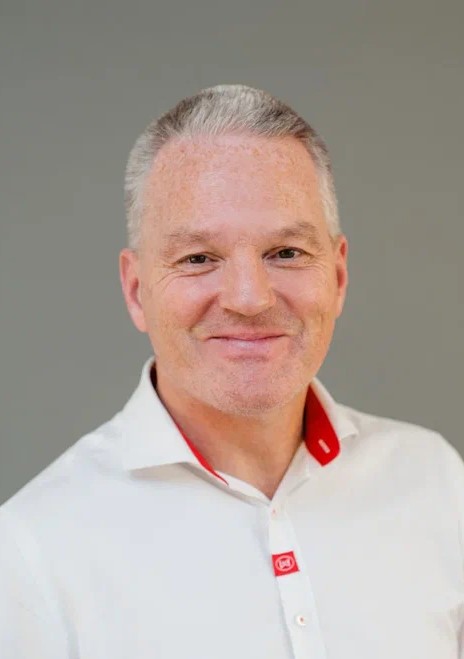
Jeroen Keijzer, General director of Lely Rus. Moscow region, Russia
Digital Farming. Lely Horizon farm management platform
An intelligent robotic farm management platform that brings us one step closer to the big future of dairy automation. First reviews of clients in Russia.
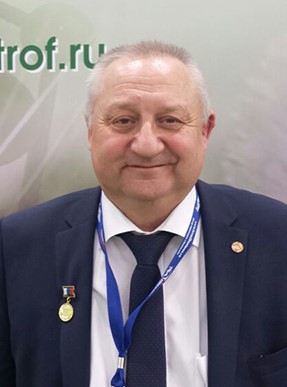
Georgy Laptev, CEO of BIOTROF LLC, Professor of the Department of Large-scale Livestock Breeding, St. Petersburg State Agrarian University, Doctor of Biological Sciences, Saint Petersburg, Russia
Risks in animal feeding and digital methods of their analysis
The high yielding dairy cows must be fed a balanced and healthy ration (with a high amount of fiber). But, in intensive farming systems, we must load the rumen with more readily available forms of energy (starch and proteins) in order to derive the high milk yields we need to remain profitable in a low-margin industry. The rumen in cattle is organized to transform roughage (high-fiber) material, of naturally low nutritive value, into high-value products, namely volatile fatty acids (energy). Unbalanced diets cause rumen microbiome dysbiosis, digestive problems, glucose, carbohydrate, energy, protein, lipid and mineral metabolism disorders. It leads to rumen acidosis, ketosis, liver dystrophy, reproductive organ pathologies, decreased immunity, milk yield, fat content of milk, productive longevity decrease. One limitation of rumen microbial community marker-16S gene sequencing is that it does not provide information about the functional composition. Bioinformatics programs such as PICRUSt2 were developed to predict the functional potential of a bacterial community based on marker gene sequencing profiles. We studied the rumen microbiome, its metabolic potential and gene expression affected by various feed factors and in different technological breeding periods.
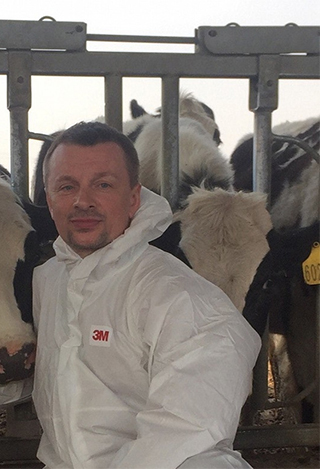
Alexander Lebedev, General Director of Gatchinskoe JSC, Leningrad Region, Russia
Innovations and digitalization in Gatchina JSC
Practical implementation of innovations and digitalization in an agricultural enterprise in the context of raw milk production, feeding, breeding, and cattle keeping. Results and problems of implementation, prospects and risks.
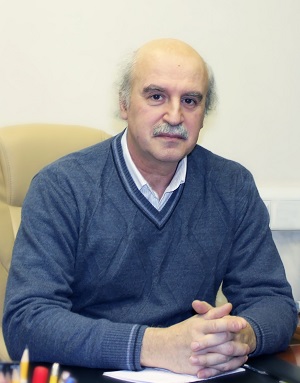
Oleg Mironenko, Executive Director of the National Organic Union, Moscow, Russia
Current innovations in the field of organic regulation and their impact on the development of the organic market
The report analyzes the dynamics of the development of the global organic market in 2020-2021, the changes that have occurred in European legislation, and their impact on the export of organic products from the Russian Federation. The changes that have occurred in the Russian legislation and are planned to be adopted in the near future are presented. The assessment of the development of the Russian organic market in the pandemic period is carried out and the prospects for the development of new directions in the field of organics in the Russian Federation are presented. The prospects for the development of organic agriculture in the countries of the Eurasian Economic Union are presented.
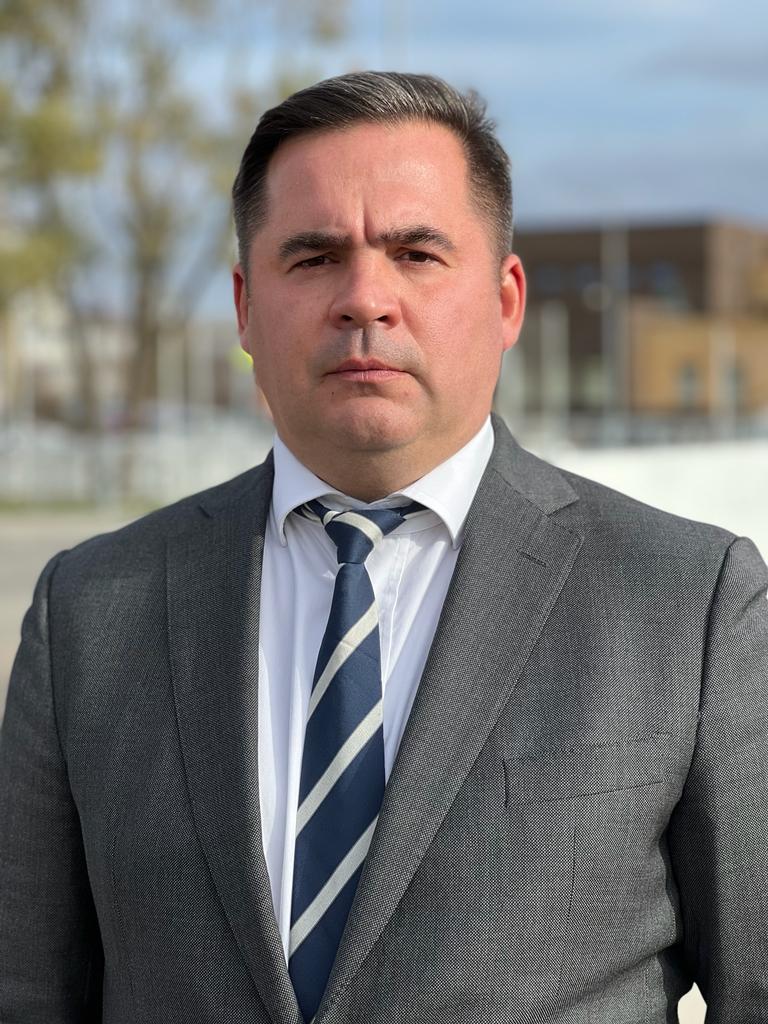 style="margin-bottom: 15px;">
style="margin-bottom: 15px;">
Kirill Plemyashov, Acting Rector of St. Petersburg State University of Veterinary Medicine, Corresponding Member of the Russian Academy of Sciences, St. Petersburg, Russia
Digital technologies as a basis for collecting and processing information of economically useful traits in the introduction of genomic breeding of dairy cattle
The current state of livestock breeding in Russia and abroad is considered, achievements in breeding dairy cattle of Holstein and other breeds are noted, and ways to solve challenges in livestock breeding and the agro-industrial complex of the country are identified. According to Falconer's theory (1960), genetic progress in animal husbandry consists of a number of factors, the key of which are: the accuracy of selection, the intensity of selection, as well as the generation interval between generations. Modern reproductive and genetic technologies both ensure the intensity of breeding and shorten the generation interval, and the accuracy of breeding should be maintained by strict identification of animals, fixation and collection of phenotypic data. Thus, the collection and digital processing of phenotypic traits based on the BLUP method makes it possible to predict with high accuracy precisely the indicators of the breeding value of animals, which are expressed in the level of genetic potential and its impact on economically useful traits of descendants.
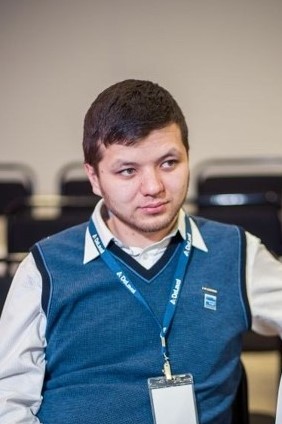
Rifat Sadikov, Head of Consulting Group of Russia, Central Asia, Trans-Caucasus, DeLaval JSC, Ryazan, Russia
Special approaches of robotic milking with different cow movement systems
The livestock sector is the most important and strategic in the food security of our country. In recent years, there have been many changes in technical and technological methods in the production of livestock products. Systems of robotization of the processes of feeding, milking, collection and processing of raw materials are being introduced. Flawless milk is required for high quality products. The robotization of processes and control systems are becoming more sophisticated and more accessible. The dairy industry is changing dramatically. This is an integrated approach to the rational management of the dairy business that allows agricultural enterprises to rise to a more efficient level of production organization.

Elena Semenova, Head of the All-Russian Research Institute for the Organization of Production, Labor and Management in Agriculture – Branch of the Federal State Budgetary Research Center for Agrarian Economics and Social Development of Rural Territories of VNIIESH, Moscow, Russia
Stimulating of the export of organic products
The main trends in the development of the export of organic products, including wild plants, are considered. The prospects of Russia in expanding the export of organic products are assessed. The main barriers hindering export supplies and promotion of organic products to foreign markets have been identified. To stimulate exports, mechanisms are proposed for influencing exporters, infrastructure development, programs for promoting organic forest products to foreign markets are substantiated.
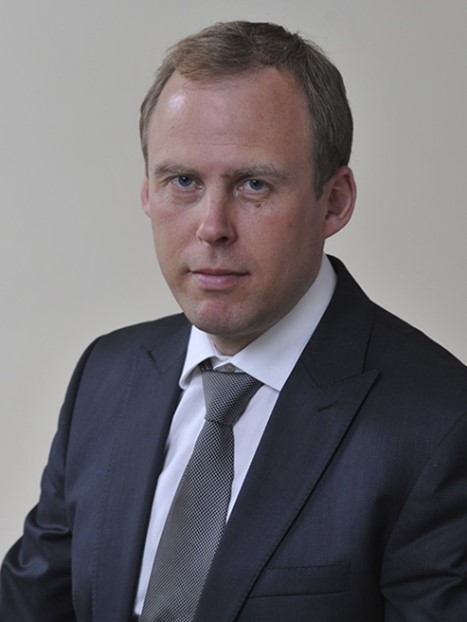
Vasily Sokolov, Deputy Head of the Federal Agency for Fisheries, Moscow, Russia
Digital technologies for analyzing the trajectory of a vessel in relation to the task of determining the fact of fishing and the type of aquatic biological resources
3. Illegal and uncontrolled fishing of commercial fish species is a serious environmental threat with economic consequences. Direct control of fishing activities is currently not possible due to the lack of the necessary technical and infrastructural base. Raid measures are only preventive in nature and are not effective enough. In addition, they have a small coverage, not allowing them to sufficiently influence the reduction of the number of illegal fishing facts. The ability, without waiting for the arrival of the catch report, to assess that the vessel is fishing allows one to display this fact on the vessel map for inspection and border services, to supplement information for planning control and raid measures. In order to establish the fact and stop fishing activities before the arrival of the vessel's report, a machine learning model is proposed to predict the presence of this activity based on information received via satellite channels about the coordinates, course and speed of vessels. The prototype is an integrated system that works together with the vessel monitoring system to assess the probability of fishing by a certain vessel at time intervals based on incoming monitoring data. Based on the accumulated monitoring data on the trajectory of the vessel for a statistically significant period, the proposed system allows a high degree of accuracy (up to 90%) to determine the type of aquatic biological resource caught.
Conference co-chairs:
- Academician Alexander Kostyaev – SPC RAS
Program Committee Chair:
- Andrey Ronzhin, SPC RAS
Program Committee Members:
- Vlado Delic, Serbia
- Ivan Ermolov, Russia
- Mehmet Guzey, Turkey
- Francisco Mas, Spain
- Roman Meshcheryakov, Russia
- Francesco Pierri, Italy
- Mirko Rakovich, Serbia
- Noe Velazquez, Mexico
Organizing Committee Co-Chairs:
- Anton Saveliev, SPC RAS
- Vladimir Surovtsev, SPC RAS
Organizing Committee Members:
- Marina Astapova, SPC RAS
- Polina Chernousova, SPC RAS
- Natalia Dormidontova, SPC RAS
- Dmitriy Levonevskiy, SPC RAS
- Alyona Lopotova, SPC RAS
- Irina Podnozova, SPC RAS
- Ekaterina Cherskikh, SPC RAS
- Anna Moreva, SPC RAS
- Anna Motienko, SPC RAS
Papers submitted to ADOP-2022 must not be under review by any other conference or publication during the review cycle, and must not be previously published or accepted for publication elsewhere. Authors are invited to submit a full paper with size of 10-12 pages formatted in the Springer style (https://resource-cms.springernature.com/springer-cms/rest/v1/content/3318/data/v5) using the on-line submission system (https://easychair.org/conferences/?conf=adop2022).
Participation in the conference is free. Application for participation must be submitted by May 19, 2022:
The authors of the accepted articles in the conference proceedings will receive information on how to pay the registration fee in the amount 10000 RUB.
Contract-offer for participation in the conference
The accepted papers will be published in ADOP-2022 proceedings in the Smart Innovation, Systems and Technologies book series of Springer. The books of this series are submitted to ISI Proceedings, EI-Compendex, SCOPUS and Springerlink.
The conference will be organized at the St. Petersburg Federal Research Center of the Russian Academy of Sciences (St. Petersburg, Russia)
Due to measures for prevention of the spread of coronavirus infection on the territory of the Russian Federation, the conference will be held in a hybrid format: face-to-face participation taking place on the basis of St. Petersburg Federal Research Center of the Russian Academy of Sciences (SPC RAS) (14th line VO, 39, St. Petersburg) and an on-line video conference.
E-mail: conf@spcras.ru
Web: http://adop.nw.ru/
